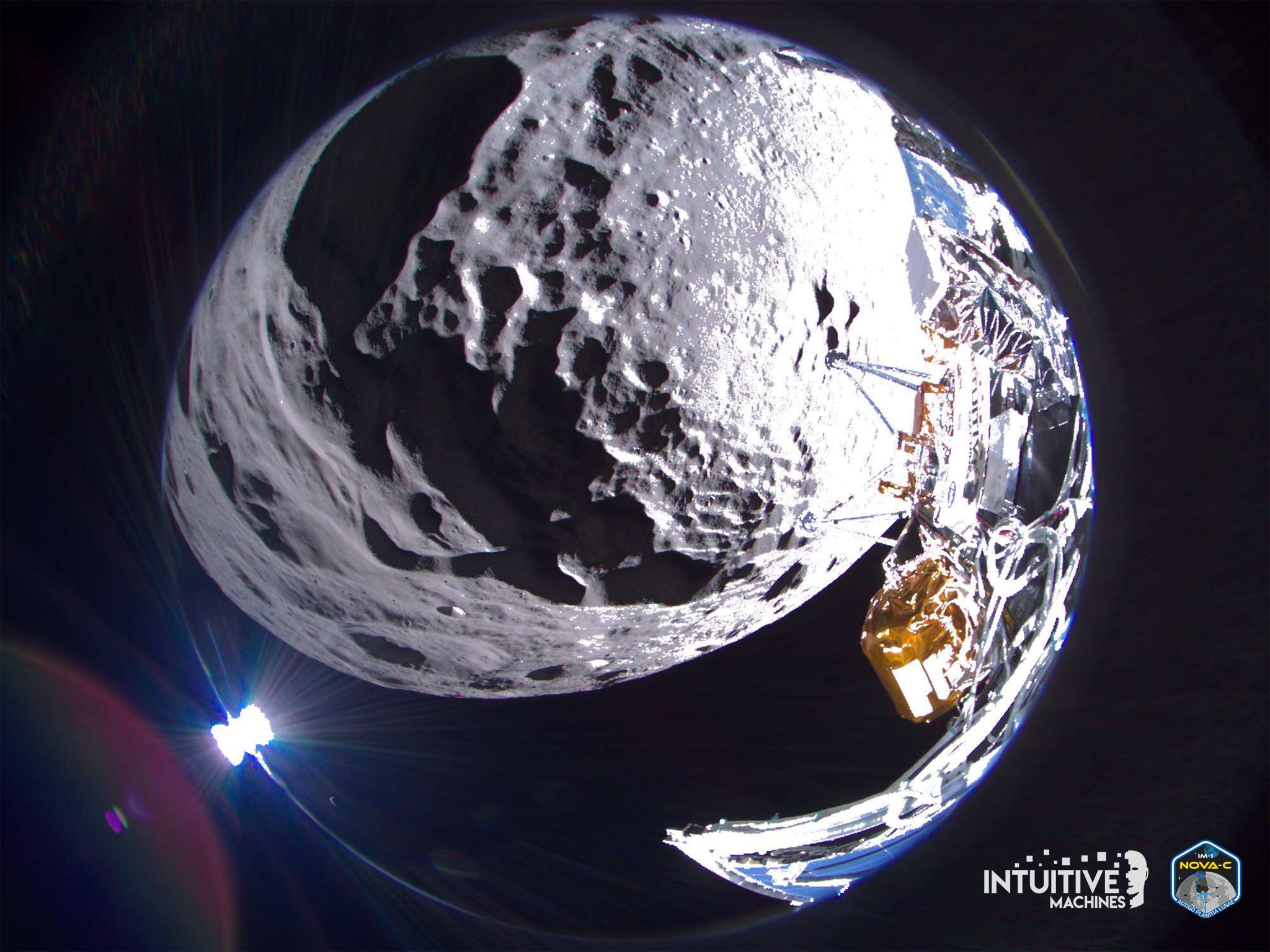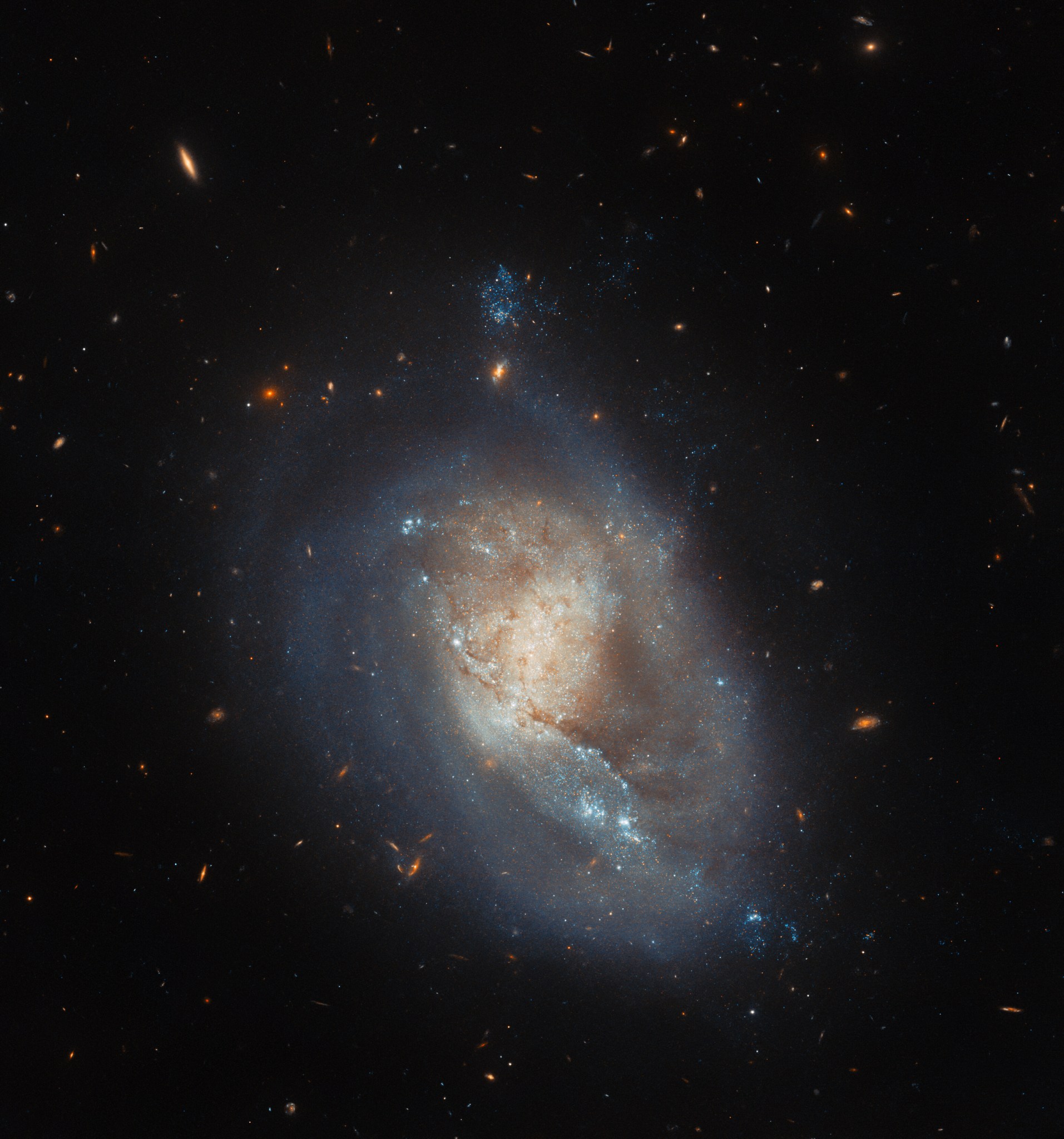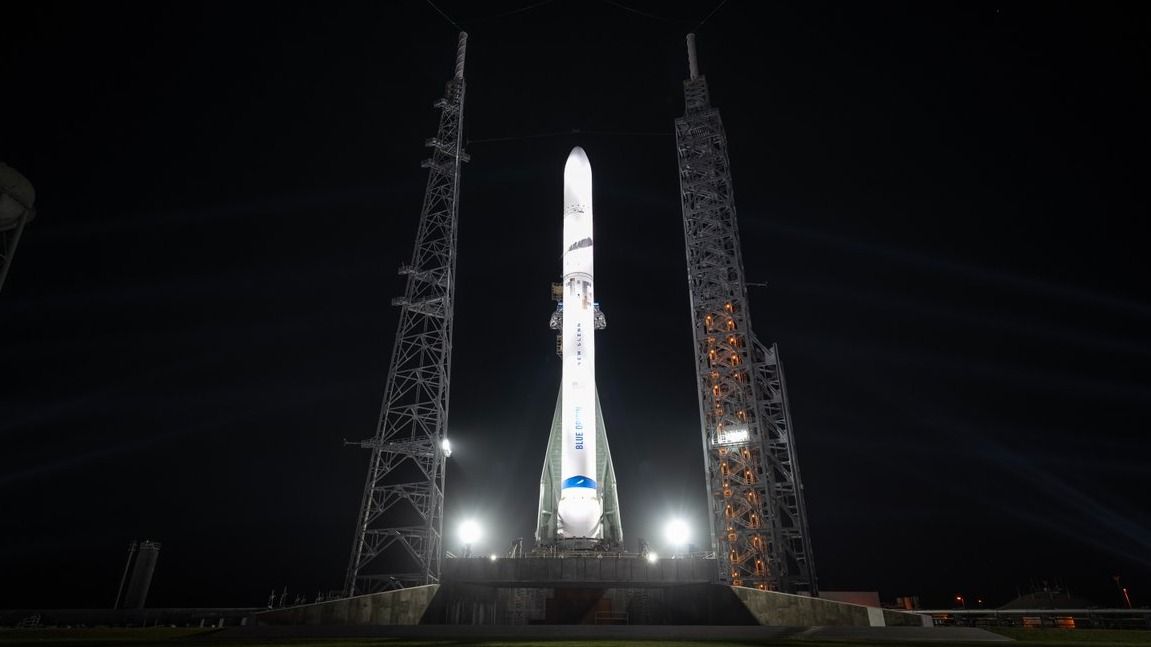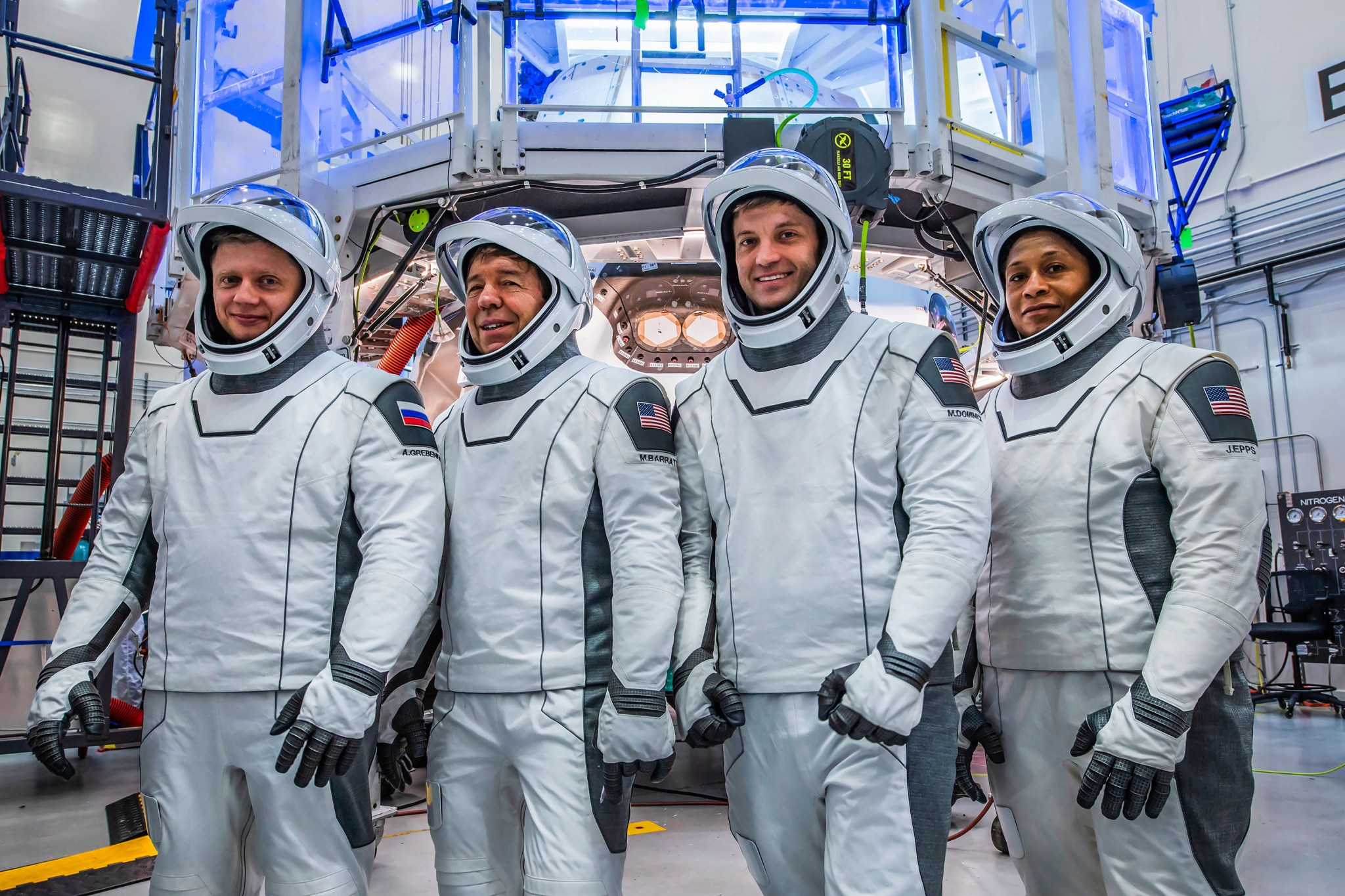Applications are open for NASA’s next year-long mock Mars mission, which simulates the challenges crews may face during future expeditions on the Red Planet. The ground-based mission, called CHAPEA (Crew Health and Performance Exploration Analog), consists of four volunteer crewmembers living and working inside an isolated 1,700-square-foot (158 square meters), 3D-printed habitat. Located at NASA’s Johnson Space Center in Houston, the Mars Dune Alpha habitat includes an adjoining 1,200-square-foot (111 square meters) enclosure used for simulated spacewalks. “As NASA works to establish a long-term presence for scientific discovery and exploration…
Read MoreMonth: February 2024
India plans to include a helicopter on its next Mars mission
India’s next Mars mission could include a helicopter that follows in the footsteps of NASA’s pioneering Ingenuity drone. The Indian Space Research Organisation (ISRO) is currently working on the concept, which would fly along with an Indian Mars lander sometime around the start of the 2030s. India’s first mission to the Red Planet — the Mars Orbiter Mission (MOM), also nicknamed “Mangalyaan” — launched in November 2013 and entered orbit around Mars in September 2014. The spacecraft conducted science in orbit around the Red Planet for eight years before contact…
Read MoreNASA Tech Contributes to Soft Moon Landing, Agency Science Underway
On Feb. 22, 2024, Intuitive Machines’ Odysseus lunar lander captures a wide field of view image of Schomberger crater on the Moon approximately 125 miles (200 km) uprange from the intended landing site, at approximately 6 miles (10 km) altitude. Credit: Intuitive Machines Editor’s note: This release was updated Feb. 23, 2024, to add an image from the news conference and participant titles. For the first time in more than 50 years, new NASA science instruments and technology demonstrations are operating on the Moon following the first successful delivery of…
Read MoreHubble Views an Active Star-Forming Galaxy
This NASA/ESA Hubble Space Telescope image features IC 3476, a dwarf galaxy that lies about 54 million light-years from Earth in the constellation Coma Berenices. While this image does not look very dramatic – we might say it looks almost serene – the actual physical events taking place in IC 3476 are highly energetic. In fact, the little galaxy is undergoing a process called ram pressure stripping that is driving unusually high levels of star formation in regions of the galaxy. The gas and dust that permeates space exerts pressure on a galaxy as it moves.…
Read MoreWhite Papers
2 min read Preparations for Next Moonwalk Simulations Underway (and Underwater) White Paper, “Space Data Ethics: The Next Frontier in Responsible Leadership” White Paper, “Space Data Ethics: The Next Frontier in Responsible Leadership,” prepared by the Climate and Societal Benefits Subcommittee. This is a position paper in support of a recommendation to develop the principles of space data ethics. Completed December 1, 2023. View paper White Paper, “Enhancing Agricultural Resilience, Enabling Scalable Sustainability, and Ensuring Food Security through Space-based Earth Observations,” White Paper, “Enhancing Agricultural Resilience, Enabling Scalable Sustainability, and…
Read MoreBlue Origin’s New Glenn rocket rises on launch pad ahead of debut liftoff (photo)
Blue Origin’s powerful new rocket has gone vertical on the launch pad for testing, ahead of a possible debut flight later this year. The New Glenn rocket from Blue Origin rolled out on to Launch Complex 36 (LC-36) at Cape Canaveral Space Force Station in Florida on Wednesday (Feb. 21), the company founded by Amazon’s Jeff Bezos announced. The heavy-lift rocket will be put through its paces in the coming weeks and months with “several demonstrations of cryogenic fluid loading, pressure control and the vehicle’s venting systems,” Blue Origin officials…
Read More3 tiny new moons found around Uranus and Neptune — and one is exceptionally tiny
Astronomers have discovered two tiny moons orbiting Neptune and one circling Uranus, bringing the number of their known moons to 16 and 28 respectively. Uranus’ new moon, the first detected around the ice giant in over two decades and possibly the smallest of its ilk, is just 5 miles (8 kilometers) wide; it takes 680 days to complete one orbit around Uranus. In comparison, one Mars’ moons named Deimos, considered to be among the tiniest known moons in our solar system, is 8 miles (13 km) wide. The new moon…
Read MoreEclipse Resources for Learners and Educators: Connecting the Eclipse to Astrophysics
1 min read Eclipse Resources for Learners and Educators: Connecting the Eclipse to Astrophysics In anticipation of the upcoming total solar eclipse on April 8, 2024, NASA’s Universe of Learning has created a webpage of astrophysics-related eclipse resources for learners and educators. The webpage shares information about two topics that align with eclipse science: gravitational lensing and exoplanet transits. The collection of resources includes articles, images, and videos to understand and explain the science. Additional activities allow learners to explore gravitational lensing and exoplanet transit science for themselves. Explore Resources…
Read MoreIntuitive Machines’ Odysseus moon lander didn’t deploy camera during historic descent
Sorry, space fans: We won’t be getting ground-level views of the first moon landing by an American spacecraft since the Apollo era. That epic touchdown came courtesy of Intuitive Machines’ Odysseus lander, which lowered itself onto the gray dirt about 190 miles (300 kilometers) from the moon‘s south pole yesterday (Feb. 22). The success was hard-won. As they prepared for descent yesterday, mission team members discovered that Odysseus’ laser rangefinders, which the lander used to determine its altitude and horizontal velocity, weren’t working properly. So they switched over to an…
Read MoreNASA Sets Coverage for Agency’s SpaceX Crew-8 Launch, Docking
(Left to right) Roscosmos Cosmonaut Alexander Grebenkin and NASA Astronauts Michael Barratt, Matthew Dominick, and Jeanette Epps pose for a photo during their Crew Equipment Interface Test at NASA’s Kennedy Space Center in Florida. The goal of the training is to rehearse launch day activities and get a close look at the spacecraft that will take them to the International Space Station. Credit: SpaceX NASA will provide coverage of the upcoming prelaunch and launch activities for the agency’s SpaceX Crew-8 mission with astronauts to the International Space Station. The launch…
Read More






